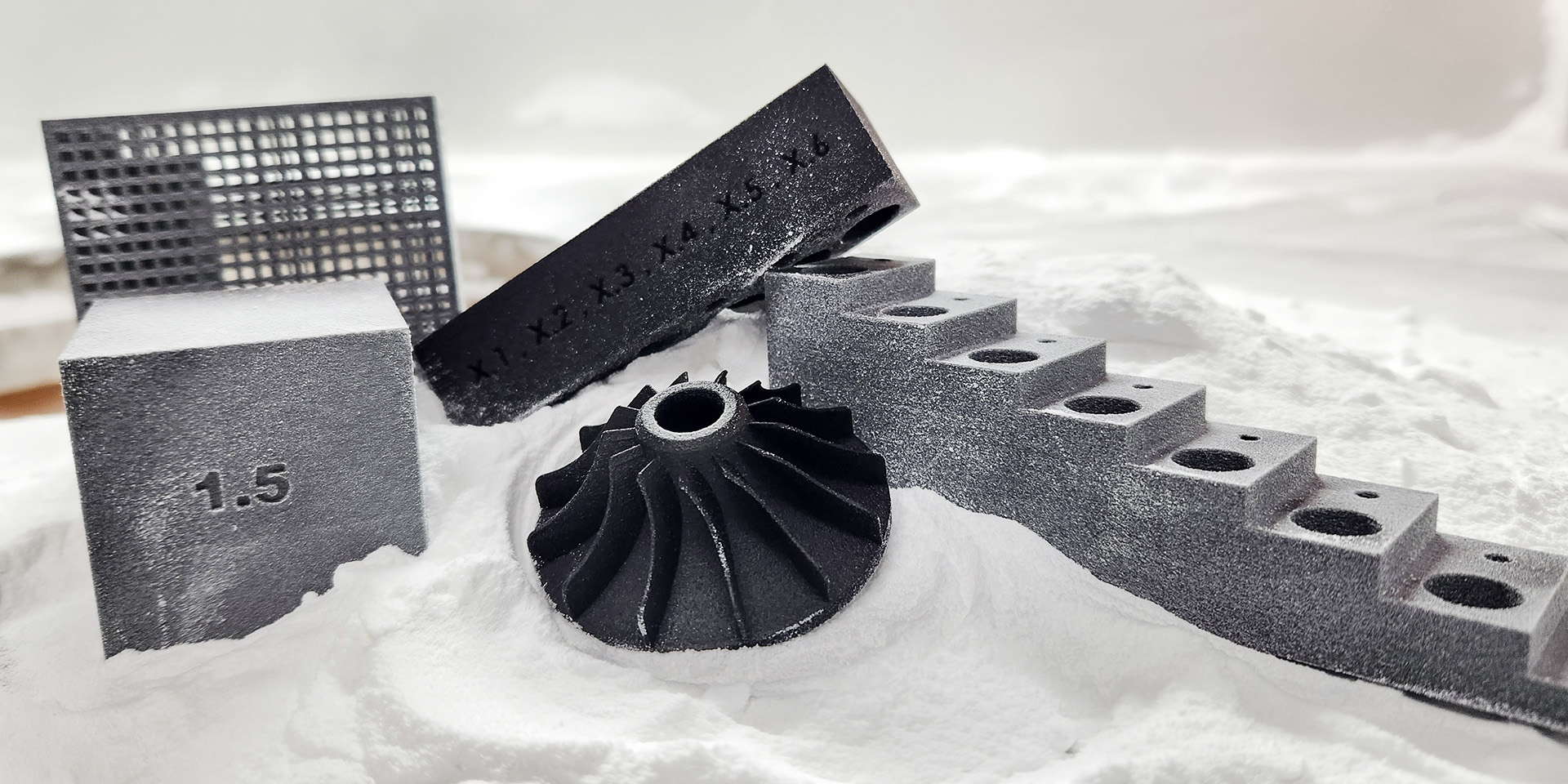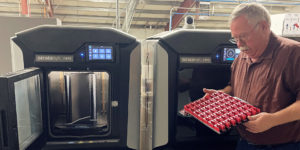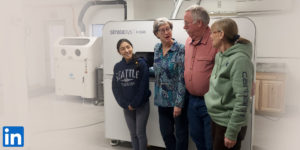
There are many different 3D printing processes that have been developed in the last decade, and hundreds of materials along with them, each with their own benefits. So why does 3D Composites focus on FDM and SAF?
The difference lies in the materials.
Material properties are the first determining factor for any manufacturing process, and it is the same for 3D printing. Our mainstay printing method has been our FDM process that uses a variety of production-grade thermoplastics to print parts suitable for specified industries like aerospace and medical. The main material component in SAF is PA12, a nylon polymer, and is commonly used in a wide range of applications because of its high mechanical strength and durability.
Selective laser sintering (SLS) and stereolithography (SLA) are both methods of 3D printing that utilize lasers to bond or fuse material into a solid object. SLS uses a powder base material while SLA uses a liquid resin. Both the SLS and SLA methods share some similarities with our preferred process. Selective absorption fusion (SAF) combines the technology of powder bed fusion and certain binder jetting techniques to fuse powder together using infrared energy. Each of these three processes use bonding or fusion to create end-use parts, but we have found that SAF’s fusion technique is stronger, and the nylon polymer material has a wider set of capabilities than resin.
When you are ready to 3D print your parts, we can help make sure you are getting strong, high accuracy prints that are built to last. Connect with us today to get started!



